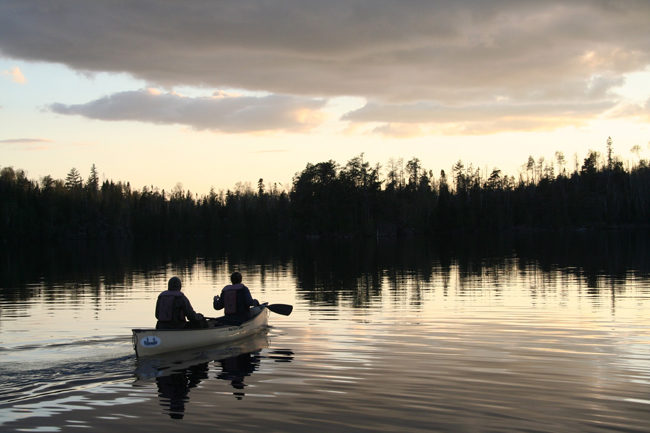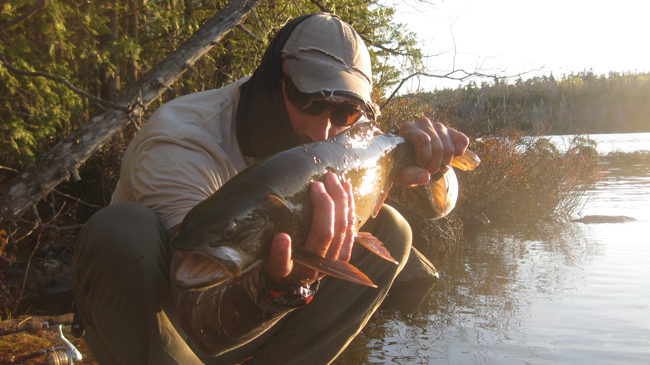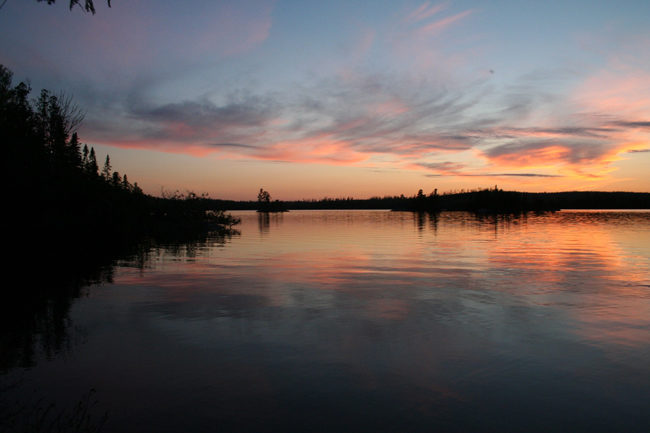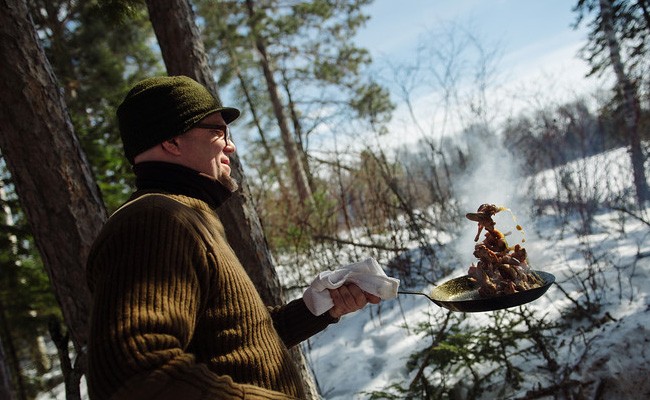
This post is sponsored by the Campaign to Save the Boundary Waters.
Contrary to what you might be thinking, you are on the correct website. Although this isn’t your typical review of the latest coffee shop or burger delicacy to come on the scene, this post may just give you a taste of what’s going on outside of our Twin Cities bubble, and a hunger that drives you to action.
So, just what is the Campaign to Save the Boundary Waters?
We are one organization made up of many non-profits across the nation committed to keeping the Boundary Waters Canoe Area Wilderness (BWCAW) safe from sulfide-ore copper mining. Our knowledge of the risks associated with the proposed mining operations has called us to work toward protecting the most visited wilderness in the United States. While our concern is certainly environmental, it is also economic, but we’ll get to that later. The majority of Minnesotans, including Governor Mark Dayton, are against this type of mining near the Boundary Waters, so we exist to fight for this “crown jewel” that so many of us love and deem worthy of protection.
Not quite hopping on the bandwagon yet? Here’s another reason why you should care.

According to the EPA, sulfide-ore copper mining is the most toxic industry in the United States. In fact, it’s so risky that Minnesota has never before allowed it to occur in the state. We already know that this type of mining has contaminated bodies of water and polluted local water supplies in other regions of the world, and we want to avoid repeating that history here. After all, there has yet to be an instance where sulfide-ore copper mining did not prove to be toxic. To put it simply, sulfide-ore copper mining produces acid, and both the sulfuric acid and heavy metals produced by this type of mining are dangerous pollutants capable of harming the water and the surrounding wilderness.
Some claim this is not a problem because the mining takes place outside the Boundary Waters. However, this assertion can be easily refuted with the knowledge that the mines will be placed along rivers and lakes that flow straight into the Boundary Waters. Thus, the threat of pollution is imminent, and we must consider the effect it will have on the wildlife both in and around the wilderness.
Species such as the Canada lynx and gray wolf are already threatened, and if their habitat becomes unlivable due to negative impacts caused by mining, it’s possible these species may move past the point of endangerment to extinction. Beyond this, the fish, loons, deer, moose, and other animals currently residing in the Boundary Waters that are not yet endangered may find their populations dwindling if sulfide-ore copper mining is allowed. If that’s not enough, the vegetation of the Boundary Waters is also at risk. The potential contamination of the Boundary Waters would have unprecedented and devastating effects on the Arrowhead region’s ecosystem.

Maybe you’re not big on the environment — then let me sway you with another argument. Sulfide-ore copper mining in the Boundary Waters would be a blow not only to the environment but to the economy as well.
The Arrowhead region is known for generating a hefty amount of revenue from its booming tourism industry. As it stands now, 17,000 jobs in the area are categorized as being in the tourism industry. Furthermore, tourism has brought in over $913 million to the region. The numbers speak for themselves; the economy of the Arrowhead is growing. Pollution from mining would end the economic growth spurred by the Boundary Waters.
The unfortunate reality is that the proposed mining threatens the current quality of life residents of the Arrowhead region have enjoyed throughout the years. If the quality of life were to decrease it would lead to a decrease in population, as opposed to the present growth the region is experiencing. Along with this, a downtrend would be expected in employment and income. If employment begins to suffer, then small businesses in particular would be unfavorably affected and would find it far more challenging to bring in the revenue they have come to expect. Further consequences include uncertainty in regard to retirement plans and investments made by residents of the region. Finally, the question remains, will 155,000 people still want to visit every year if the waters and wilderness the Boundary Waters is famous for grow toxic?

Hopefully, if you’ve delved this deep into this post it’s because you’re genuinely curious about the campaign, and if that’s the case then you need to know where the issue stands now.
A federal environmental review is currently underway, and will most likely continue for at least the next year (I’ll get to that). A comment period, which was announced in January of 2017 concluded on Aug. 17, 2017. During the comment period more than 125,000 people submitted comments in support of protecting the Boundary Waters. It is our hope that once the environmental review is complete a ban on sulfide-ore copper mining near the Boundary Waters will be issued for the next 20 years. Ultimately, the campaign would love to see the Boundary Waters receive the same protection as other national treasures like the Grand Canyon and Yellowstone.
However, on September 6, 2017 Reps. Rick Nolan and Tom Emmer added an amendment to the federal funding bill put forward by the House of Representatives that, if the final bill passes in December and includes the amendment, will eliminate federal funding for the environmental review. Furthermore, Emmer has introduced a separate bill that would end the environmental review and grant mining leases to Twin Metals Minnesota in perpetuity. These actions are a clear threat to the future of the Boundary Waters, and we need your help to stop them.
So, how’s that hunger for action coming along? Here’s how you can act to help save the Boundary Waters.
- Sign the petition at https://www.savetheboundarywaters.org/take-action
- Donate to the cause at https://www.savetheboundarywaters.org/donate
- Volunteer with the campaign (opportunities to help include meeting with/calling your representatives, attending/hosting events, phone banks, etc.) https://www.savetheboundarywaters.org/how-help/volunteer
- Join groups dedicated to supporting the cause (youth groups, veterans, hunters, etc.)
- Like/follow/share the Campaign on social media
- Facebook: https://www.facebook.com/savetheboundarywaters/?modal=media_composer
- Twitter: https://twitter.com/savethebwca
- Instagram: https://www.instagram.com/savethebwca/
- Vimeo: https://vimeo.com/savethebwca
Thanks for taking the time to learn about the campaign, and a special shout out to the Heavy Table for letting us take over your magazine today! You guys rock.

